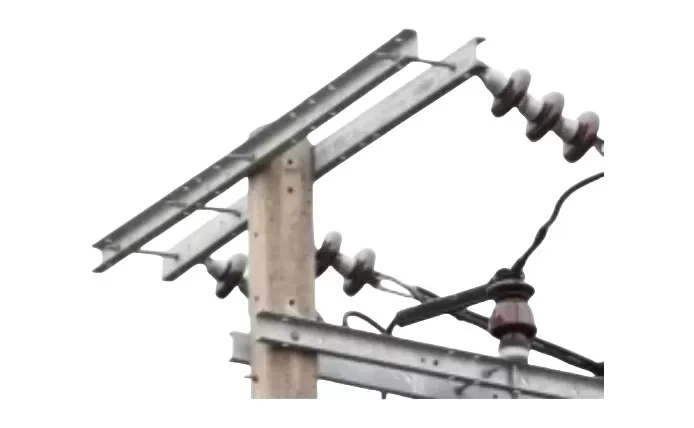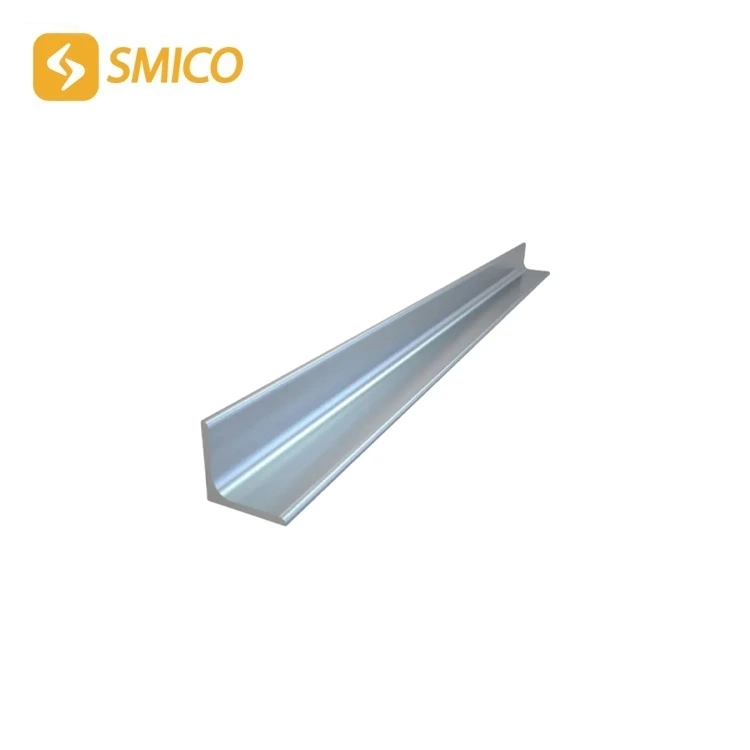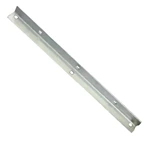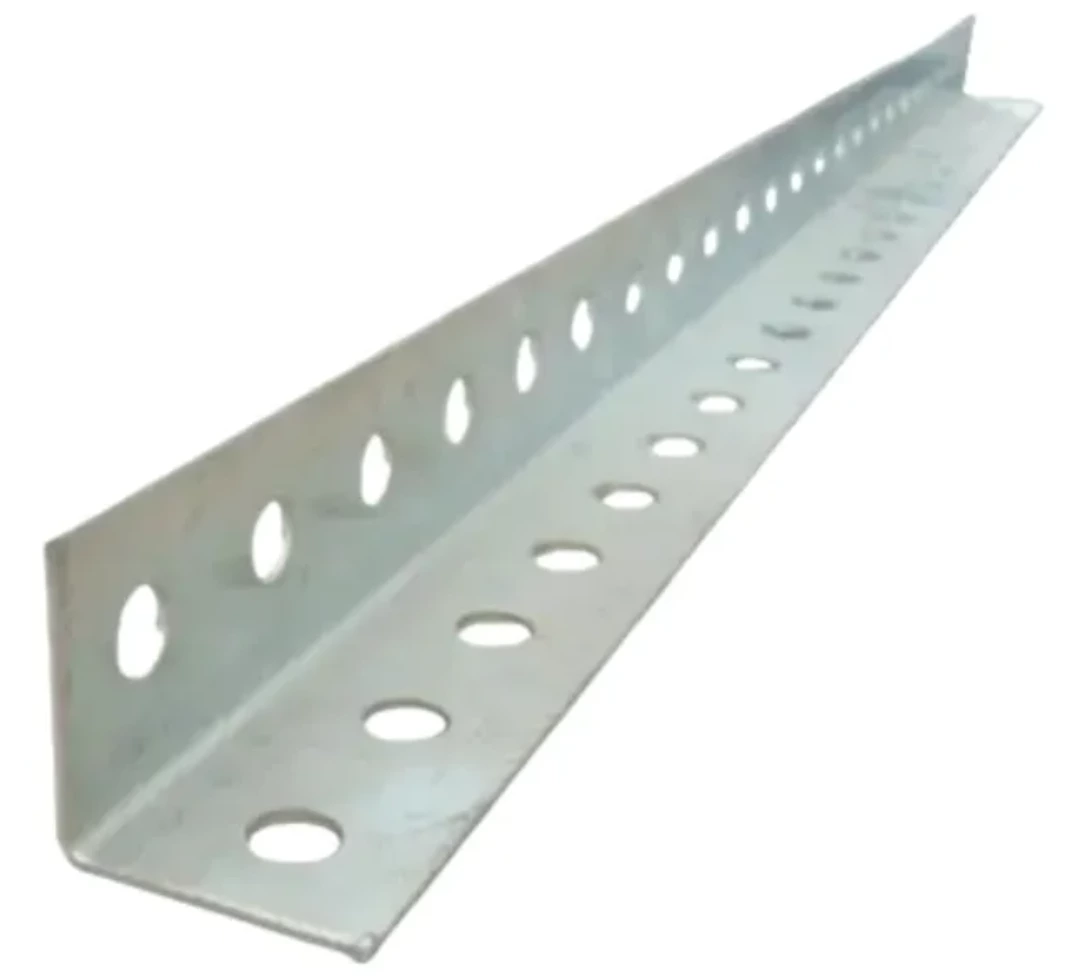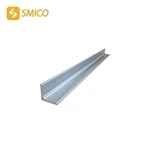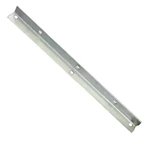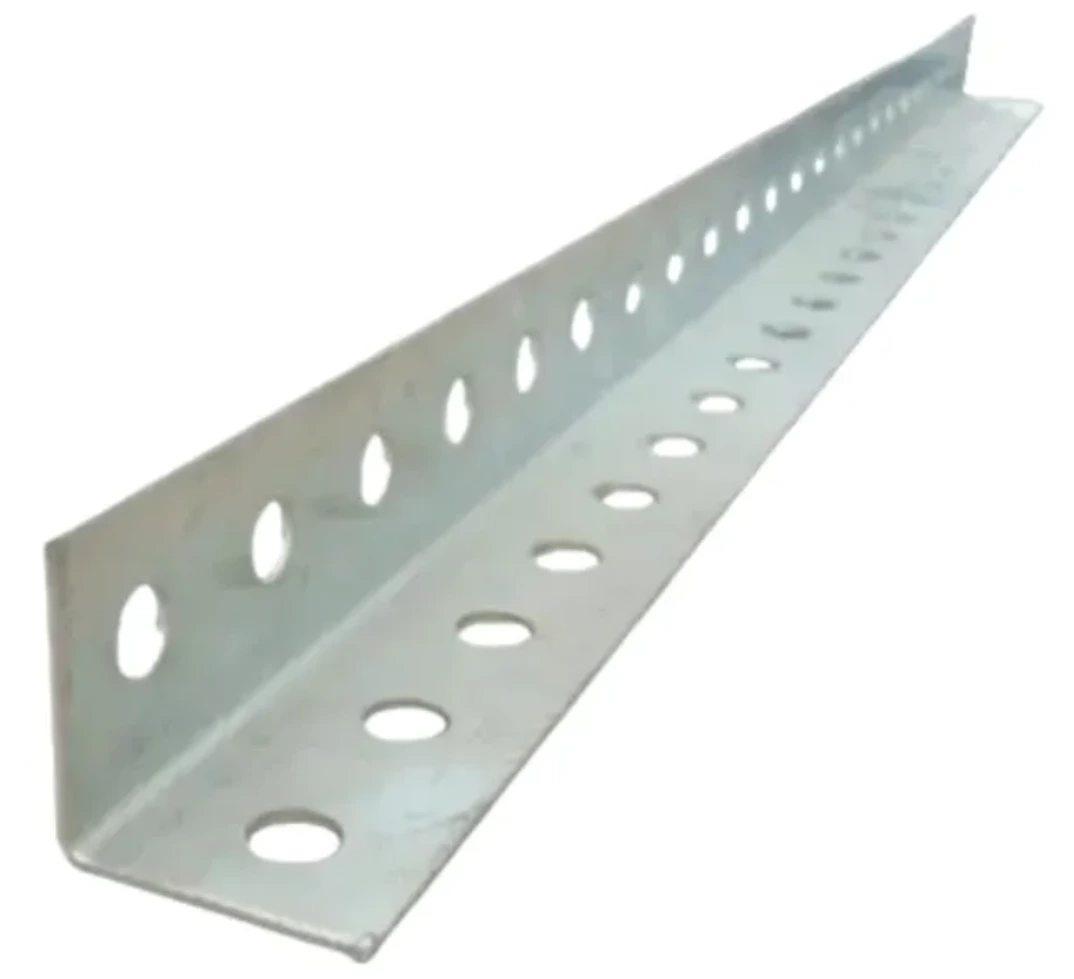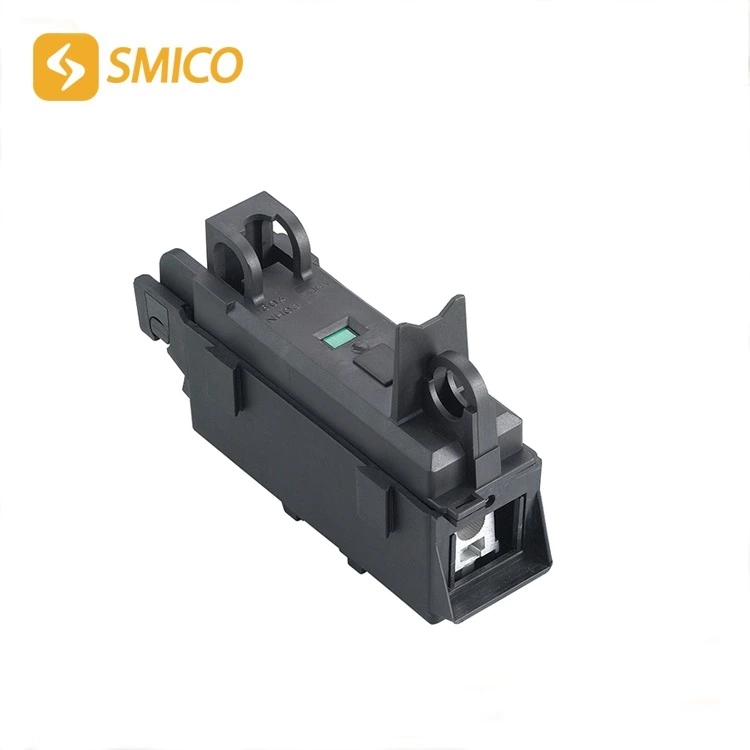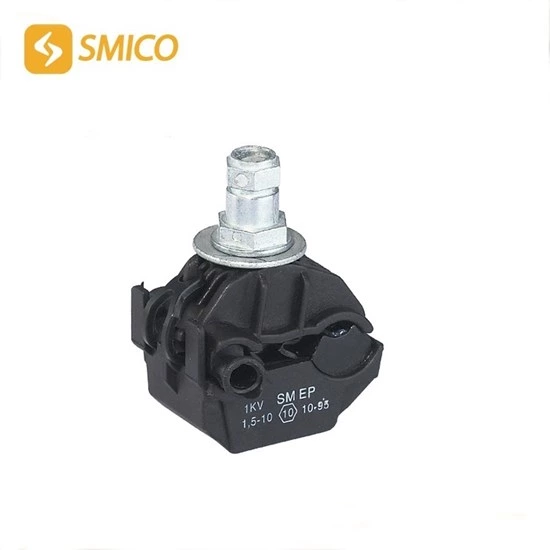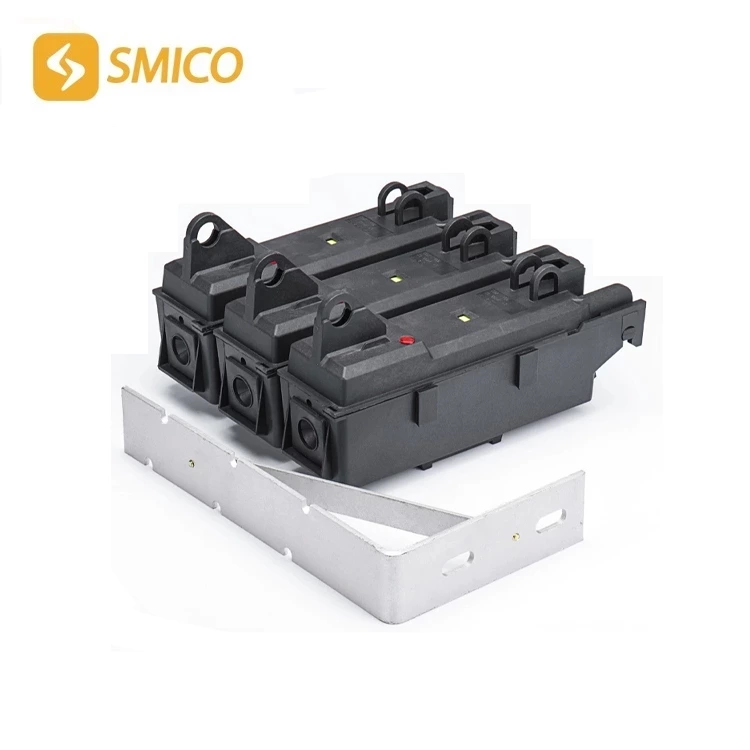Angle Iron Cross Arm
- Product Name:
- 11kv Angle Iron Cross Arm
- Model Number:
- L100mm*80mm*10mm*1650mm
- Brand:
- SMICO
- Material:
- Steel
- Surface:
- Hot-dip galvanizing
Angle Iron Cross Arm
Angle iron, also known as angle steel or L-channel, is a type of metal profile with a right-angle shape. It is commonly made from steel or aluminum and has two legs that are perpendicular to each other, forming an L-shaped cross-section..
Product Description
- Shape and Size: The cross-section of angle iron is typically L-shaped, with equal or unequal leg lengths. The dimensions of the legs and thickness can vary based on the application and strength requirements.
- Material: Angle iron is often manufactured from various metals, including carbon steel, stainless steel, or aluminum, depending on the intended use and environmental conditions.
- Manufacturing: Angle iron is produced through processes such as hot rolling, cold rolling, or extrusion. The specific manufacturing method can affect the properties and dimensions of the final product.
- Applications: Angle iron is used to create frameworks, brackets, supports, and braces. It can be cut, welded, drilled, and fastened to meet various structural needs.
Specifications
| Type | Width(mm) | High(mm) | Thickness(mm) | Length(mm) |
|---|---|---|---|---|
| Angle | 100 | 63 | 8 | 3000 |
| 90 | 90 | 8 | 3000 | |
| 125 | 80 | 8 | 3000 | |
| 100 | 63 | 8 | 2500 | |
| 100 | 63 | 6 | 2500 | |
| 160 | 100 | 12 | 6000 | |
| 160 | 100 | 12 | 9000 | |
| 125 | 75 | 8 | 2240 | |
| 100 | 50 | 5 | 600 | |
| 50 | 50 | 5 | 1200 | |
| 75 | 75 | 8 | 1200 | |
| 75 | 50 | 8 | 750 |
Product Advantages
High strength: The Angle iron has a good bearing capacity, which can support and enhance the stability of the structure.
Easy to process: Angle iron can be processed into various shapes and sizes by cutting, welding, drilling and bending methods to adapt to different needs.
Corrosion resistance: The use of stainless steel or hot-dip galvanized Angle iron can improve its corrosion resistance, suitable for use in harsh environments.
Cost-effectiveness: Angle iron usually has a lower production cost and is economical and practical compared to other steel products.
Multi-purpose: Widely used in construction, manufacturing and maintenance fields, can be used to make scaffolds, frames, reinforcing parts and other structural components.
Superior strength-to-weight ratio: The design of the Angle iron provides a good strength-to-weight ratio, making it light and easy to handle and install while maintaining strength.
Structural stability: The L-shaped section of the Angle iron provides excellent bending and torsional resistance, which enhances the stability of the overall structure.
Application Places
Uses: It is widely used in construction and manufacturing for structural support, framing, and reinforcement. Angle iron can be found in buildings, bridges, railways, and machinery. It is valued for its strength, versatility, and ease of fabrication.
